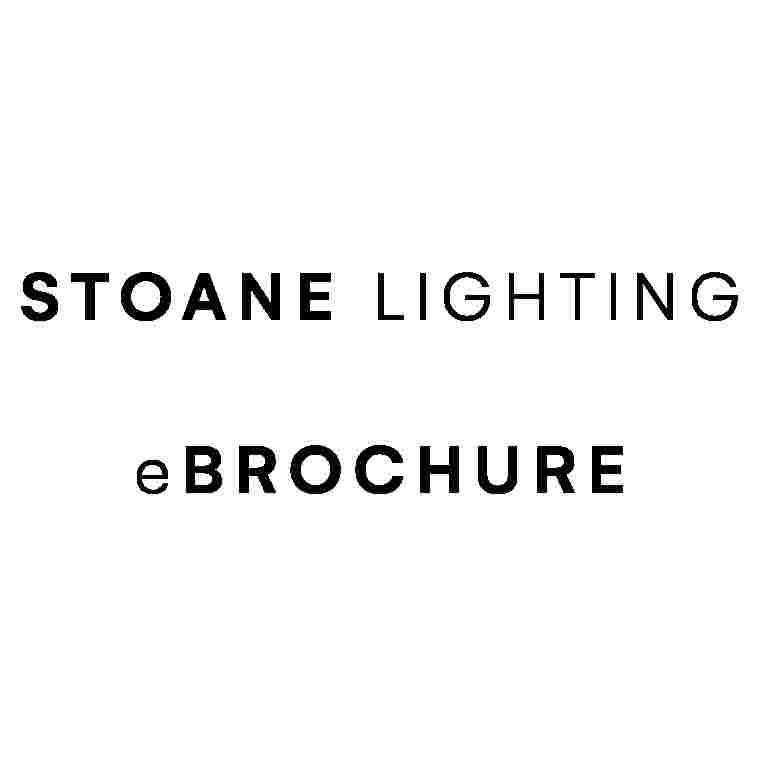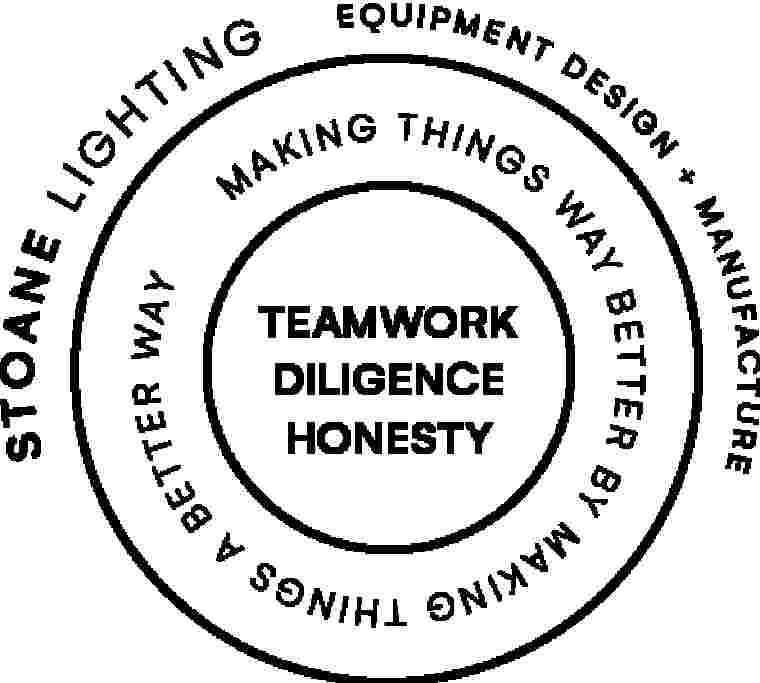EcoDesign
Introduction
In the UK, a Statutory Instrument was laid in Parliament on 1stJuly 2021. The next stage is a vote (no changes allowed) in the House of Commons and House of Lords which is expected in the middle of September. If approved then it becomes law and a Statutory Instrument is published, with an expected application date of 1st October 2021.
It's known as the Ecodesign for Energy Related Products and Energy Information (Lighting Products) Regulations 2021. The same requirements will be applicable to the EU a month earlier, they’re referred to as the EU 2019/2020 Single Lighting Regulation and the EU 2019/2015 Energy Labelling Regulation.
As luminaire (referred to as ‘containing products’ here) manufacturers, we have had to make two things certain:
- That LED lamps and gear used in our fittings comply with these regulations. We especially have to focus on minimum efficacies of LED lamps since we use high colour rendering types where there is a trade-off with efficacy.
- That LED lamps and gear should be replaceable with commonly available tools and without permanent damage to the luminaire (with some exceptions).
What does it mean for our products?
Like all manufacturers we now have to provide easy access to information on how to disassemble our fittings. We welcome this. From 1st September 2021 onwards, the serial number on all new Stoane Lighting equipment will relate to a detailed instruction sheet explaining how to do that, and more. This feature is hosted from our website here.
Concerning source efficacy, we have analysed our portfolio and, in some instances, made some changes to ensure technical and legal compliance.
Some light sources that we have used successfully over many years fall short of the energy efficiency minimums. So whilst these changes affect some of our products and we are required to change what we can offer, we support this legislation. Here is why:
- Setting tighter performance and functional requirements will result in lower operational carbon emissions. The lighting industry using less power will reduce demand on electrical grid networks and lessen environmental impact.
- In functional terms the standard looks to introduce incentive for replaceable light sources and control gears. Further it requires that we provide some information on how this can be done, and by who. This direction supports the Circular Economy and will enable products to be kept in use via repairs or upgrades, resulting in lower carbon emissions compared with replacing with new.
If you have any concerns about a dormant Stoane Lighting specification, do get in touch. If your specification has been affected we will have suitable alternatives ready to switch in.
Any questions about these regulations or our updated offering? Please contact [email protected].
EPREL
EPREL is a European Product Database for Energy Labelling and is setup under EU regulation to provide important energy efficiency information to consumers. Light sources are now a part of these Ecodesign regulations which require them to meet certain energy efficiency and performance thresholds, compliant light source products are entered into a database.
Stoane Lighting manufacture containing products, into which we add light sources. We must manufacture compliant containing products, to do so they not only need to ensure replaceability of light sources and control gears but also that the light sources used are compliant, meet the requirement and are registered in EPREL.
Whilst many of the light sources we use come from external suppliers, some are made by/for us, as such we need to be entered into EPREL too and demonstrate as being compliant even if only sold in our own containing products. Each Stoane Lighting light source has an EPREL registration number which can be found in the Technical section of our website here.
In the UK there is no equivalent database for such products but the UK regulation does mirror EU regulation short of that.
Jargon Buster
- Circular Economy - A circular economy is based on the principles of designing out waste and pollution, keeping products and materials in use, and regenerating natural systems.
- Design for Disassembly - Design principle that calls for the end-of-life options of how the product, components and materials can be deconstructed.
- Design for Repairability - Design principle that calls for products to be manufactured using fasteners, materials and processes that allow them to be easily be fixed.
- Eco Design - Design principle that calls for the minimization of negative environmental and health impacts across a product or service's life cycle.
- Embodied Carbon - The amount of carbon emitted during the making of a product.
- End of Life - The life cycle stage during which a product no longer has value to its original owner and is then disposed of.
- Environmental Product Declaration (EPD) - An EPD is a document that communicates the environmental performance or impact of any product or material over its lifetime. It can be used to compare different products or materials in order to select the most sustainable option.
- Footprint - The impact of a product or service across its life cycle. For example, a product's carbon, water, energy and material footprints.
- Operational Carbon - The amount of carbon emitted during the operational or in-use phase of a building.
- Life Cycle - All of the stages that a product goes through in its lifetime: raw material extraction, processing, manufacturing, use, end-of-life and transportation
- Life Cycle Analysis (LCA) - A method to evaluate the environmental impacts of a product or system over its life cycle.
- Linear Economy - A linear economy traditionally follows the “take-make-dispose” step-by-step plan. This means that raw materials are collected, then transformed into products that are used until they are finally discarded as waste.
- Product Environmental Footprint (PEF) - A multi-criteria measure of the environmental performance of a good or service throughout its life cycle.
- Recycling - The collection, sorting and processing of disposed materials for use in another manufacturing process.
- Remanufacturing - Process of recovery, disassembly, repair and sanitizing components or parts for resale and reuse.
- Sustainability - Balance of Social, Environmental and Economic Performance
- Upcycling - Use of secondary products, components or materials that results a higher economic value of that material.
- Waste Electrical and Electronic Equipment (WEEE) - Disposed electronic and electrical products. These products typically contain hazardous materials and require certified handling and recycling.
- Zero Waste - Program to divert all (at least 95%) waste from landfill. The scope of zero waste may or may not include incineration depending on reference.
For a more complete glossary, please see Lighting Industry Association Technical Statement 41.

































